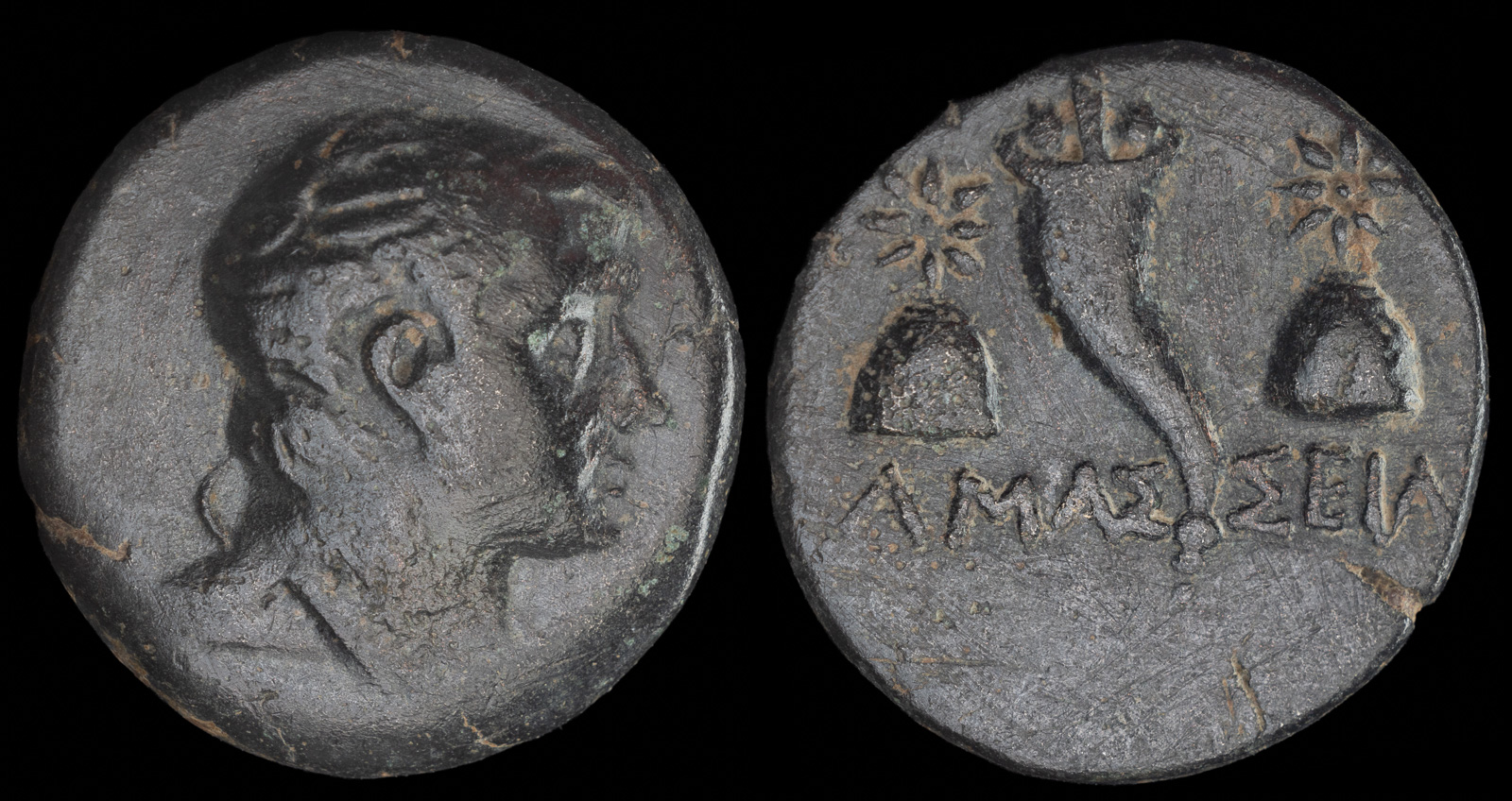Pilei
View All Tags
In ancient Greece, the pileus was typically worn by men, often in association with specific rituals and ceremonies. It was especially noted for its role in religious rites, where it could be worn by those who were in a state of purity or devotion. For example, during certain sacrifices or public rituals, participants might wear the pileus to signify their commitment to the gods and their role in the sacred duties. The absence of a brim on the cap also symbolized a certain form of humility and simplicity, which was a desirable trait in many aspects of Greek life.
The pileus was particularly important in Roman culture, where it came to symbolize freedom. Slaves who were freed were often given a pileus as a token of their emancipation, and this gesture was a powerful visual marker of their newly gained legal and social status. The cap’s association with freedom was cemented during the Roman Republic, and it continued to be a symbol of liberty throughout the empire. It was not uncommon to see the pileus depicted on coins, particularly those issued during times of social or political upheaval, further emphasizing its significance in representing personal liberty and civic rights.
In addition to its symbolic importance, the pileus also had practical uses in daily life. It provided protection from the sun and cold, making it a functional item in the Mediterranean climate. Although it was primarily worn by men, women in ancient Rome also wore versions of the pileus, often with more intricate designs and sometimes made of finer materials, depending on their social class.
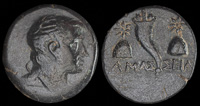
Amaseia, Pontos 120-100 BCE
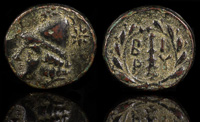
Birytis, Troas 4th-3rd cent BCE
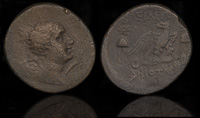
Deiotaros 62-40 BCE
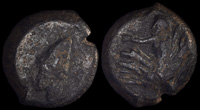
Skylletion, Bruttium 350-325 BCE
